What are piles?
They can have a range of sizes, and they may be internal or external.
Internal piles are normally located between 2 and 4 centimeters (cm) above the opening of the anus, and they are the more common type. External piles occur on the outside edge of the anus.
Symptoms
In most cases, the symptoms of piles are not serious. They normally resolve on their own after a few days.An individual with piles may experience the following symptoms:
- A hard, possibly painful lump may be felt around the anus. It may contain coagulated blood. Piles that contain blood are called thrombosed external hemorrhoids.
- After passing a stool, a person with piles may experience the feeling that the bowels are still full.
- Bright red blood is visible after a bowel movement.
- The area around the anus is itchy, red, and sore.
- Pain occurs during the passing of a stool.
- excessive anal bleeding, also possibly leading to anemia
- infection
- fecal incontinence, or an inability to control bowel movements
- anal fistula, in which a new channel is created between the surface of the skin near the anus and the inside of the anus
- a strangulated hemorrhoid, in which the blood supply to the hemorrhoid is cut off, causing complications including infection or a blood clot
Causes
Pregnancy may increase the risk of developing piles, as it causes increased pressure in the body.
The blood vessels around the anus and in the rectum will stretch under pressure and may swell or bulge, forming piles. This may be due to:
- chronic constipation
- chronic diarrhea
- lifting heavy weights
- pregnancy
- straining when passing a stool
REMEDY: INTRODUCING THE ORGANIC REMEDY
1) Keep The Area Clean
Keeping the area clean is one of the most important steps to the
treatment. Soak the area regularly, say 2-3 times a day in warm water
using a bath or sitz bath for 10-15 minutes. Using warm water helps to
reduce the irritations and pressure. DO NOT use soap as it will only
increase the irritations. When cleaning up after relieving yourself, use
moisturized wipes that are alcohol- and perfume-free.
2) Drink A Lot of Water
Increasing your water intake to 8-10 glasses a day will help in treating and preventing haemorrhoids. Drinking plenty of fluids cleanses the system, softens your stool and facilitates bowel movements.3) Aloe Vera Gel
This is one of nature’s best ingredients for treating hemorrhoid. Aloe Vera is widely known for its anti-inflammatory, anti-oxidative and therapeutic properties. Drinking Aloe Vera Gel will: |
| Aloe Vera Gel |
- Reduce the inflammation and swelling.
- Soften faeces and moisturize the intestines.
- Relieve the irritations and itching.
- The highly penetrative and absorption properties of Aloe Vera will increase the elasticity of blood vessels which in turn reduce the inflammation.
4) Forever Fields of Green
Consuming a diet high in fibre will help prevent haemorrhoids and
is highly effective in relieving haemorrhoid symptoms and bleeding.
Adding fibre to your diet will help clean out the gastrointestinal
tract, facilitate bowel movement, hence preventing constipation and
allowing the colon to work efficiently. Fibre-rich foods will also
soften stool and increase its bulk thereby helping to reduce straining
during bowel movements.
 |
| Fields of Green |
Forever Fields of Green is packed with high quantities of fibre and
it is an easy way to consume and access all the benefits of vegetables.
This supplement actually contains more fibre than Bran!
5) Aloe Propolis Creme
Applying Aloe Propolis Creme directly on the haemorrhoids will help
reduce inflammation, pain and it is a natural antibiotic which will
help prevent and treat any potential infection.
Now that is how you treat Haemorrhoids the Forever Way. So for all those
butt clenching moments, the twitching in your seats, the secretive butt
scratching, facial expressions from pain when squatting…all that should
be a thing of the past now.
@ +233(0)246475217




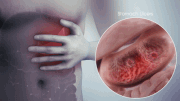


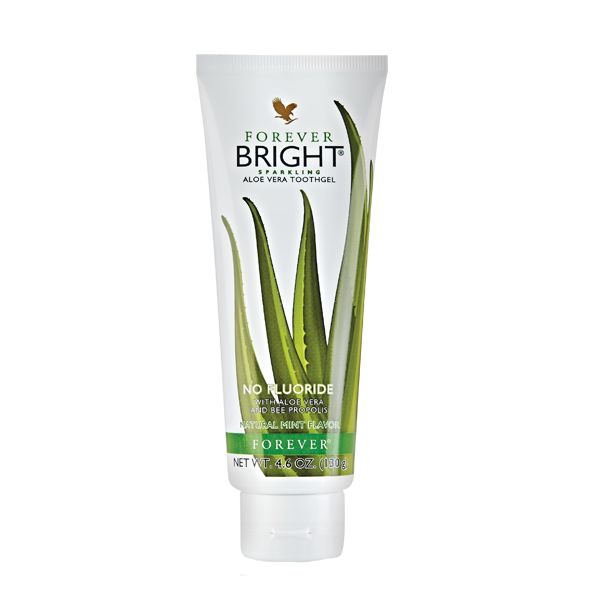






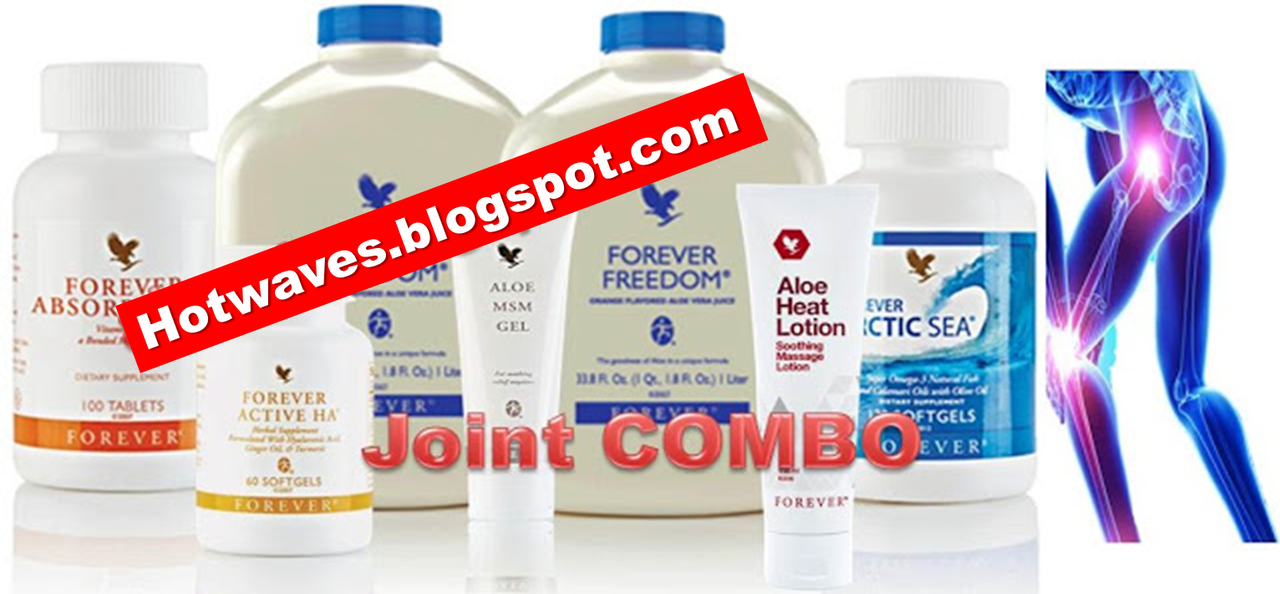
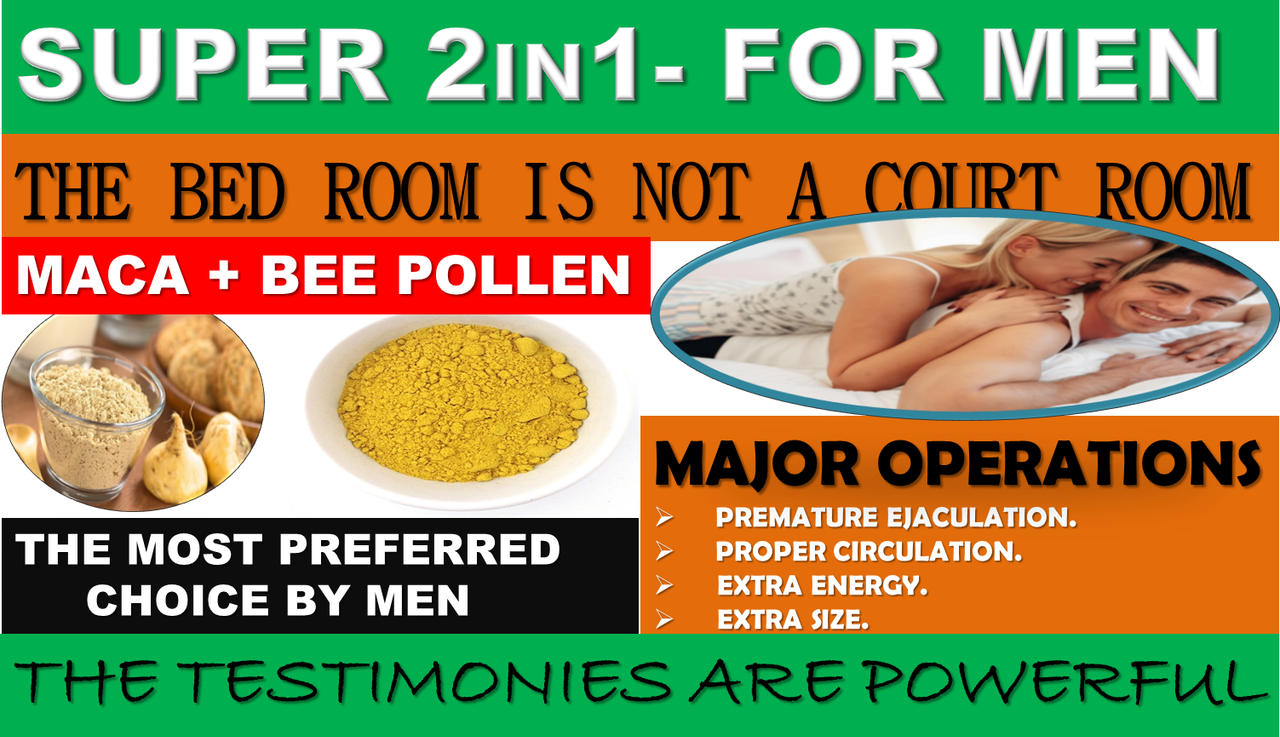
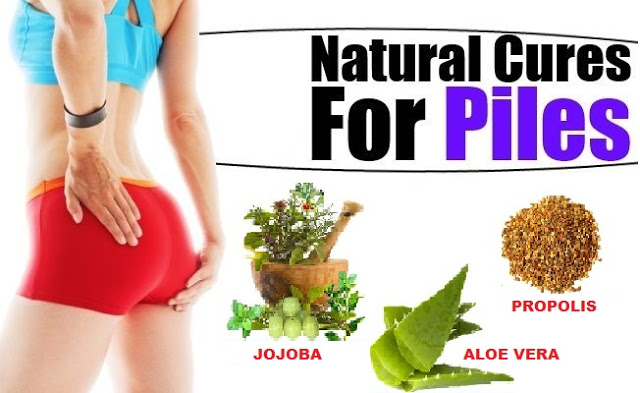
![HOME THERAPY FOR PILES REMOVER [ QUICKEST METHOD]](https://blogger.googleusercontent.com/img/b/R29vZ2xl/AVvXsEgPzHft58Q_4jwriUmXF_KAoOo5N4IU8JCX6jBuUvYOOIBuEnzT6M5RmuwSVXNLorHlp4S_A0z6YGRAiBK2TfvisSpZqWI1HrfOyRf-dkqqsokISxm2uTFcWE8lf0g1yOHE0AoJlDnwSNg/w72-h72-p-k-no-nu/Picture1.png)
![EXCELLENT P-HEALTH SUPER-FOODS FOR MEN [UNDER 5-MIN]](https://blogger.googleusercontent.com/img/b/R29vZ2xl/AVvXsEgCA5UNhyphenhyphenUgdzS4cDFh2FqSsvgm0k72XnrkYjQsj49eatv7BE33hL0A5XZL3c5JKfc_4JZ_oZka3iLBtj_2D-BobtDXS7YpLRUZy3d1IA45Qeic3lj1vNpL-KM-9yIpeIAy7CGGuB0Pi4Q/w72-h72-p-k-no-nu/77B4F915-056B-4E69-A606-BD1D5B642A53.png)

0 Comments